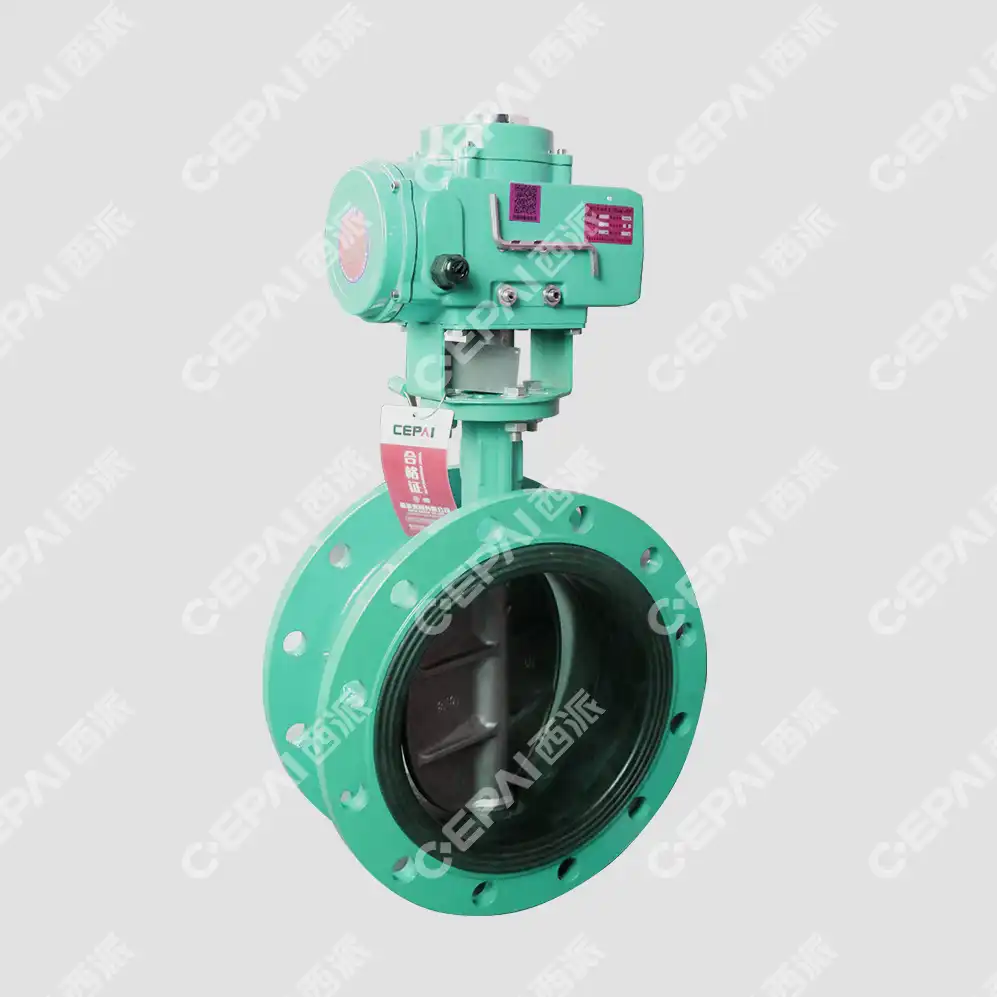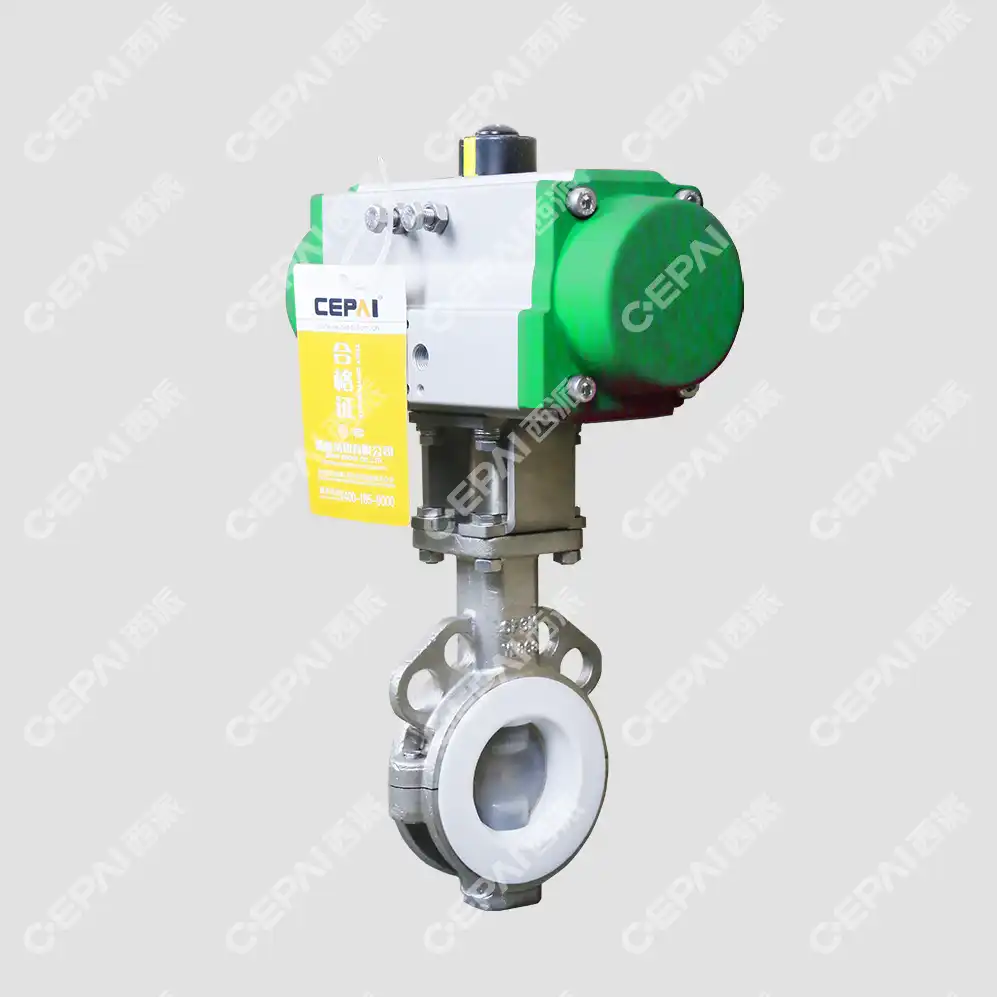The Role of Butterfly Valves in Fire Protection Systems
Flow Control and Isolation
In this detailed essay, you will learn about the importance of butterfly valves in fire suppression systems, how to install them correctly, and whether or not they exceed NFPA regulations. By understanding the significance of butterfly valves and adhering to NFPA guidelines, fire safety specialists and facility managers may make their fire prevention systems more effective and safer for everyone.
Pressure Management
Effective pressure management is vital in fire protection systems to ensure adequate water supply and prevent damage to pipes and fittings. Since they allow for the regulation of both flow rate and pressure, fire protection valves known as butterfly valves are ideal in this regard. During fire incidents, operators can optimise the system's performance by fine-tuning water pressure by altering the disc position of the valve. Effective fire suppression throughout big operations or multi-story buildings is ensured by this exact management, which helps maintain consistent pressure at sprinkler heads and standpipes.
System Zoning and Maintenance
Butterfly valves facilitate system zoning and maintenance in fire protection networks. Using these valves strategically, facility managers can test, upgrade, or repair individual portions of the network without affecting the entire network. For effective system management and minimal disturbances during maintenance activities, sectional control is crucial in large industrial complexes, hospitals, or high-rise structures, making this zoning capacity particularly beneficial.
NFPA Standards and Butterfly Valve Requirements
NFPA 13: Standard for the Installation of Sprinkler Systems
NFPA 13 provides comprehensive guidelines for the design and installation of sprinkler systems, including specifications for butterfly valves. Listed and authorised valves that fulfil certain performance requirements are heavily stressed in the standard. Sprinkler systems rely on butterfly valves, which must be able to withstand system pressures, resist corrosion, and operate reliably. To keep the system ready, NFPA 13 specifies that control valves must be supervised to stay in their proper positions.
NFPA 20: Standard for the Installation of Stationary Pumps for Fire Protection
In fire pump installations, butterfly valves play a critical role in system control and testing. NFPA 20 specifies the criteria for the construction, installation, and testing processes of these valves, which are used in pump suction and discharge lines. Water hammer and system damage can occur when pumps start and stop too quickly, which is why slow-close butterfly valves are required by the standard. To make that fire pump systems have enough flow rates and little pressure loss, NFPA 20 also gives recommendations for how to size the valves correctly.

NFPA 25: Standard for the Inspection, Testing, and Maintenance of Water-Based Fire Protection Systems
Regular inspection, testing, and maintenance of butterfly valves are essential to ensure their reliable operation in fire protection systems. Inspection frequencies, testing protocols, and documentation methods are all detailed in NFPA 25, which is a standard for valve maintenance. In order to avoid valve seizures, the standard stresses the significance of doing full-stroke workouts, checking for leaks, and confirming valve position indicators. Compliance with NFPA 25 guidelines helps facility managers maintain the integrity of their fire protection systems and ensure butterfly valves remain in optimal working condition.
Best Practices for Butterfly Valve Implementation in Fire Protection Systems
Proper Valve Selection and Sizing
Selecting the appropriate butterfly valve for fire protection applications is crucial for system performance and reliability. Factors to consider include valve material, pressure rating, and flow characteristics. Stainless steel or bronze valves offer excellent corrosion resistance, while high-performance butterfly valves with specialized seat materials provide superior sealing capabilities. Minimising pressure drops and ensuring acceptable flow rates are both achieved through proper size. Based on system needs and predicted flow demands during fire incidents, engineers should perform hydraulic calculations to establish the best valve size.
Installation and Commissioning
Correct installation of butterfly valves is vital for their proper function in fire protection systems. As a type of fire protection valve, butterfly valves require installers to follow manufacturer guidelines and NFPA standards to ensure valves are mounted securely and aligned correctly within piping networks. Proper support and anchoring prevent excessive stress on valve bodies and actuators. To ensure system integrity, it is vital to conduct comprehensive testing of valve operation during commissioning. This testing should include full-stroke exercises and leak inspections. Keep important baseline information for future maintenance and troubleshooting by documenting installation details and first performance data.
Ongoing Maintenance and Testing
Regular maintenance and testing of butterfly valves are critical to ensure their reliability in fire protection systems. Visual inspections, lubrication of moving components, and verification of valve position indicators should all be part of a thorough maintenance program that facility managers should design. Valve seizure can be prevented and possible problems can be identified with periodic full-stroke workouts. Conducting flow tests and monitoring valve performance over time allows for early detection of wear or degradation. Organisations can extend the life and dependability of their fire protection butterfly valves by following NFPA 25 rules and keeping full records of maintenance.
Conclusion
The zoning, predominant stream control, and segregation characteristics of butterfly valves make them an fundamental component of cutting edge fire anticipation frameworks. By selecting, installing, and maintaining valves in accordance with NFPA standards and best practices, facility managers and fire safety specialists may increase the effectiveness and reliability of their fire suppression networks. In order to save lives and property during a fire emergency, it is crucial to use butterfly valves correctly and adhere strictly to NFPA requirements.
Contact Us
Enhance your fire protection system's performance with CEPAI Group's high-quality butterfly valves. Our expert team can help you select the right valves for your specific needs, ensuring NFPA compliance and optimal system efficiency. Contact us today at cepai@cepai.com to learn more about our innovative solutions and how we can contribute to your facility's fire safety strategy.


_1746598525968.webp)



